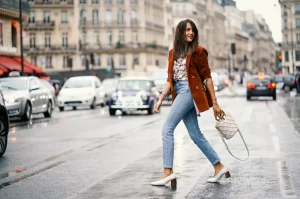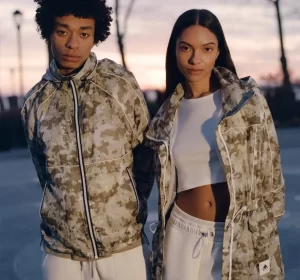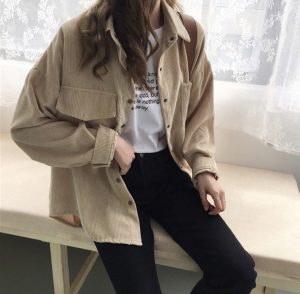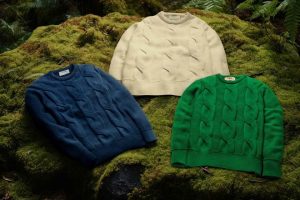“The Evolution of Casualwear: From Workwear to Fashion Staple”
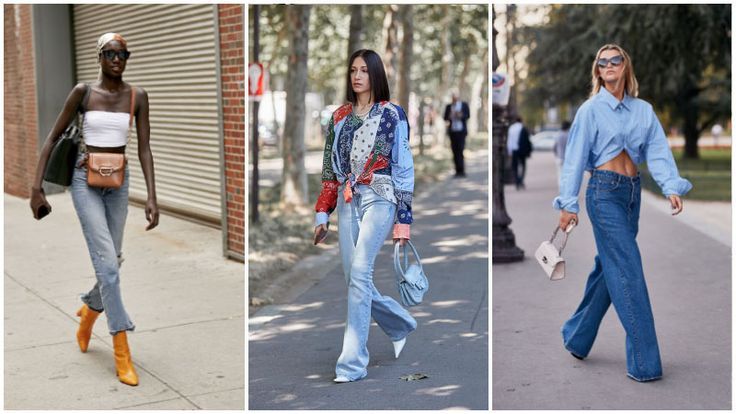
Title: The Evolution of Casualwear: From Workwear to Fashion Staple
Introduction:
Casualwear, once associated primarily with work attire and utilitarian clothing, has undergone a remarkable evolution to become a cornerstone of modern fashion. From its humble beginnings as functional workwear to its current status as a fashionable and versatile wardrobe staple, the evolution of casualwear reflects broader societal changes, shifting lifestyles, and evolving fashion trends. This journey highlights the transformative power of clothing in shaping personal style, self-expression, and cultural identity.
Origins in Workwear:
The roots of casualwear can be traced back to the industrial revolution of the 19th century, when workers needed durable, practical clothing for labor-intensive jobs. Denim jeans, chambray shirts, and sturdy jackets emerged as staples of workwear attire, prized for their durability, comfort, and functionality. Brands like Levi Strauss & Co. and Carhartt gained prominence for their innovative designs and quality craftsmanship, laying the foundation for the casualwear movement.
Rise of Leisure Culture:
The early 20th century saw the rise of leisure culture, as advancements in technology and transportation afforded people more leisure time and opportunities for recreation. Casualwear transitioned from the workplace to the weekend, with workers adopting their rugged work attire for outdoor activities such as camping, fishing, and hiking. The practicality and comfort of workwear made it well-suited for leisure pursuits, further solidifying its status as casual attire.
Popularity in Subcultures:
Casualwear gained traction in various subcultures throughout the 20th century, as youth movements and countercultural groups embraced its anti-establishment ethos and rebellious spirit. From the beatniks and hippies of the 1950s and 1960s to the punks and skaters of the 1970s and 1980s, casualwear became a symbol of individuality, nonconformity, and self-expression. DIY customization, distressed finishes, and graphic prints emerged as defining features of casualwear in these subcultures.
Mainstream Acceptance:
By the late 20th century, casualwear had transcended its subcultural roots to become mainstream fashion. The influence of pop culture, music, and celebrity endorsement propelled casualwear into the spotlight, with iconic brands like Nike, Adidas, and Gap leading the way. The rise of athleisure wear blurred the lines between athletic and casual attire, making sportswear-inspired clothing suitable for both exercise and everyday wear.
Fashionable Versatility:
In the 21st century, casualwear has evolved to encompass a wide range of styles, from athleisure and streetwear to minimalist and bohemian aesthetics. Consumers seek clothing that offers comfort, versatility, and style, leading to the popularity of relaxed silhouettes, soft fabrics, and effortless designs. Brands and designers continue to innovate and experiment with casualwear, offering consumers a plethora of options to express their individuality and lifestyle preferences.
Conclusion:
The evolution of casualwear from workwear to fashion staple is a testament to its enduring appeal and cultural significance. What began as functional attire for laborers has transformed into a diverse and dynamic category of clothing that reflects changing lifestyles, fashion trends, and societal values. As casualwear continues to evolve, it remains a symbol of comfort, authenticity, and self-expression, embodying the spirit of modern fashion in all its forms.

